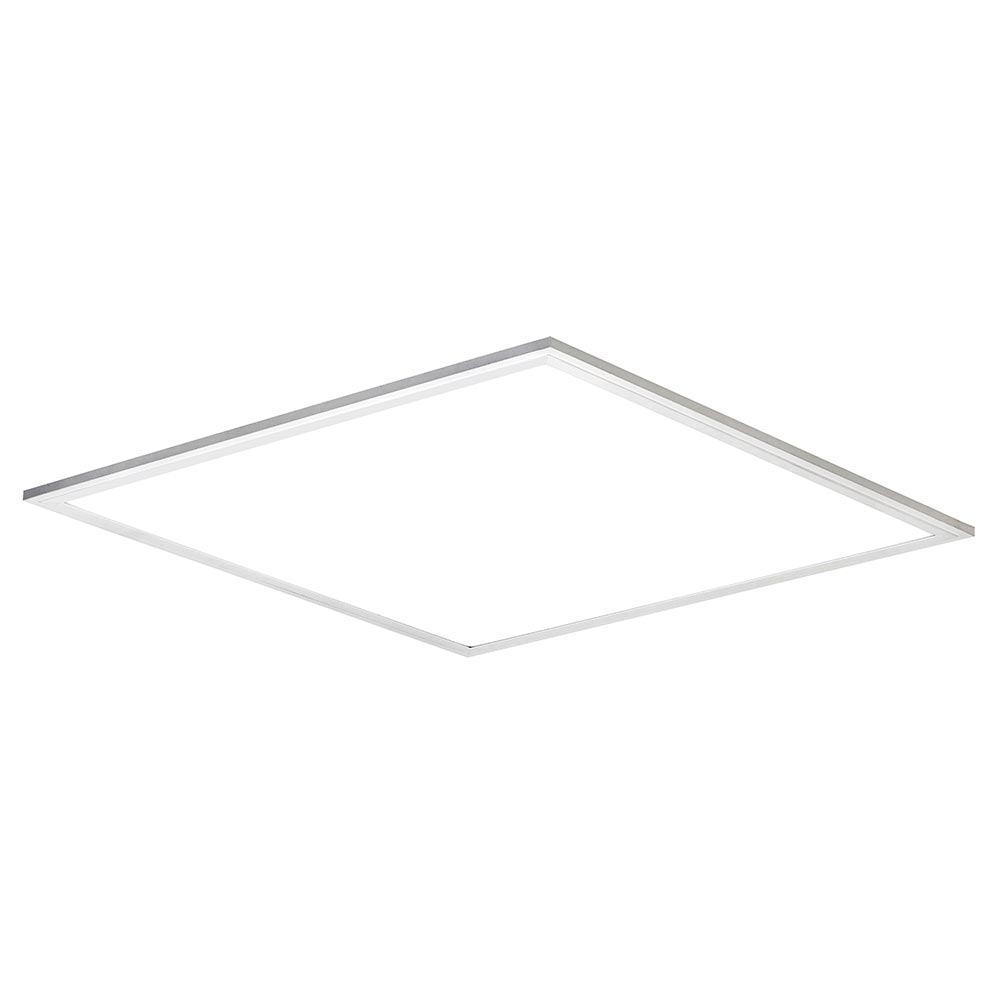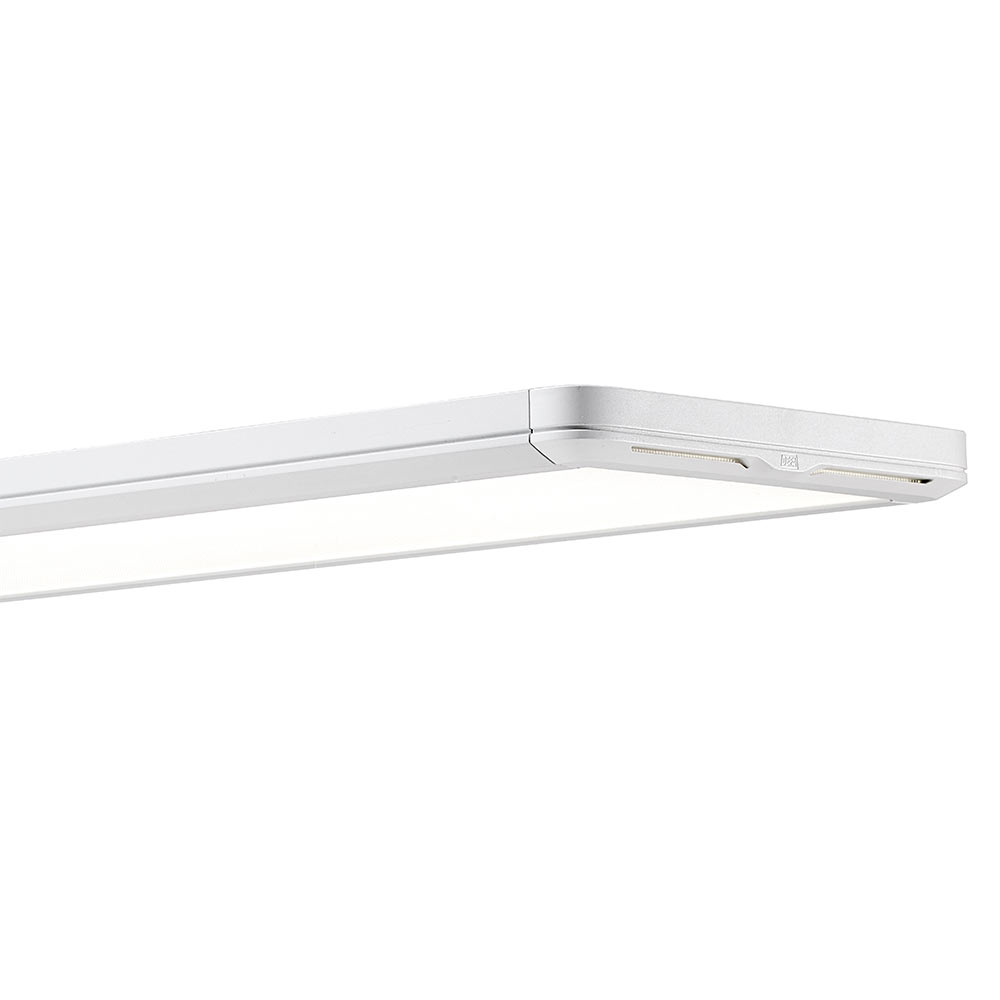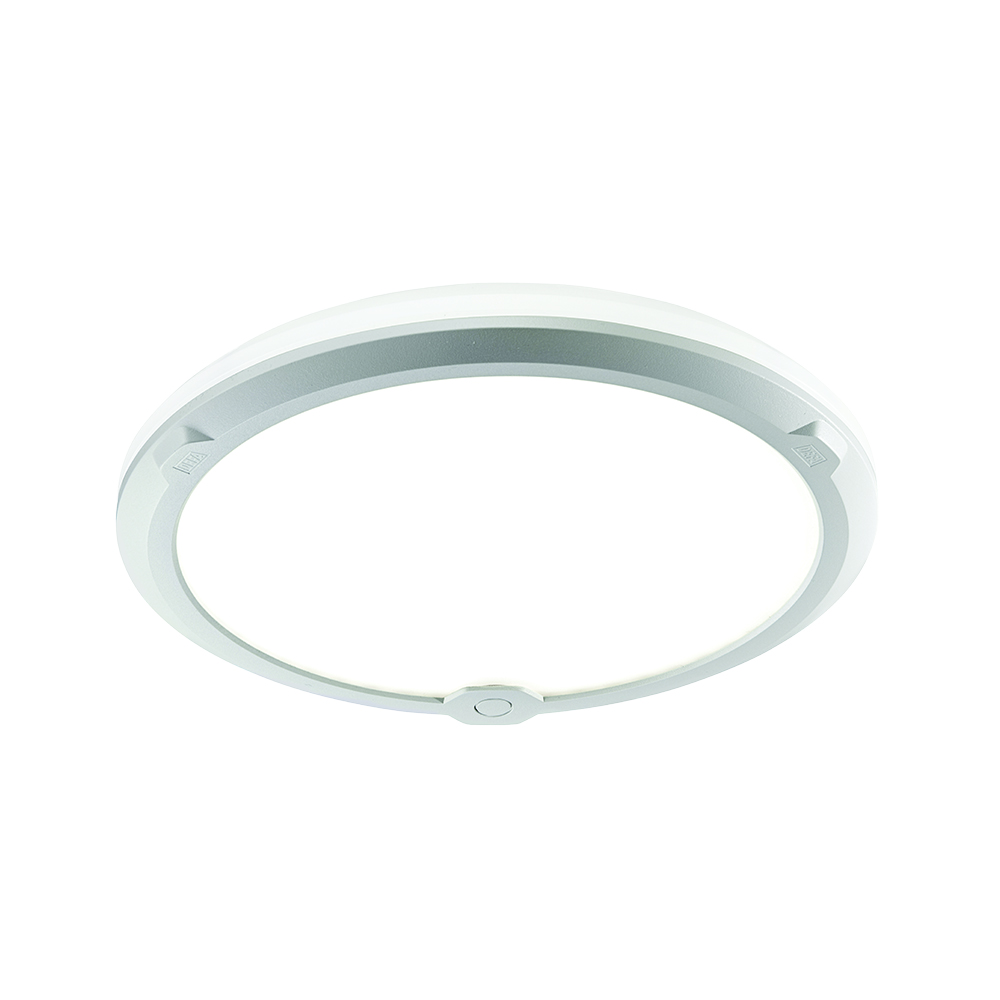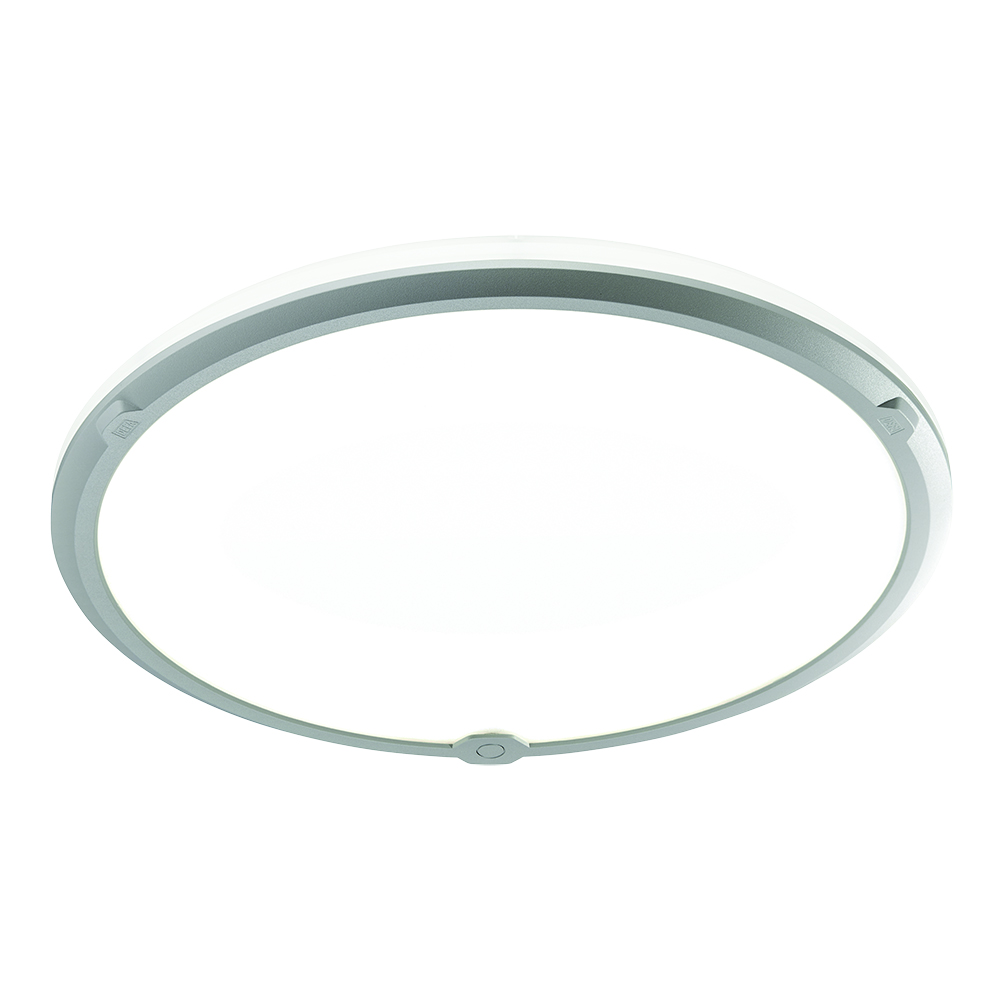DEFA - Human Centric Lighting
What is Human Centric Lighting (HCL)?Human Centric Lighting, or human-oriented lighting, is all about creating indoor lighting adapted to our natural circadian rhythm. By automatically adjusting the colour temperature and intensity of light in harmony with the variations in natural daylight, human-oriented lighting will promote increased well-being, greater productivity, a normal sleep rhythm, and better health.
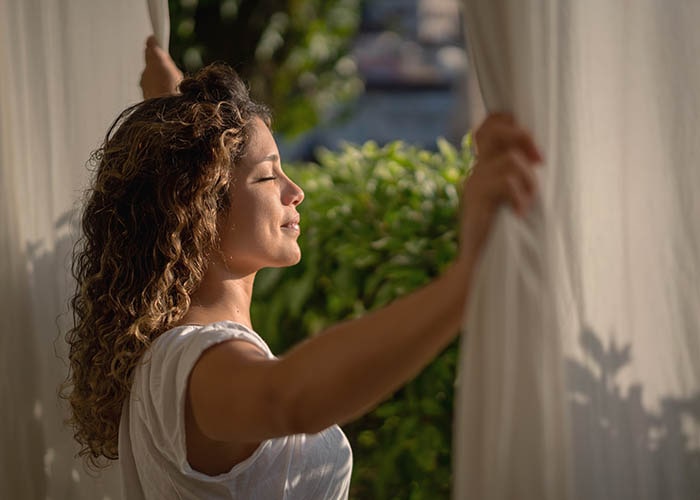
Light influence on our life
Light affects us biologically and hormonally, as well as physically. Millions of years of having access to nothing but natural light made us adapt to rising with the sun and relaxing as it sets. As the sun rises in the sky, it produces an increasingly intense and bluer light. The light hits certain cells in our eyes, which in turn tell our brain that it is time to wake up. Our brain then instructs our body to produce the hormone cortisol, which gets our body moving and makes our brain better able to focus and think clearly.

The process reverses in the afternoon and evening. As the sun approaches the horizon, the light it produces becomes less intense and increasingly more yellow in hue. Upon detecting this, our brain instructs our body to reduce the production of cortisol, and then to gradually produce the sleep hormone melatonin. Less intensive and more yellow light therefore makes us more relaxed, less stressed, and helps us maintain a natural sleep pattern.
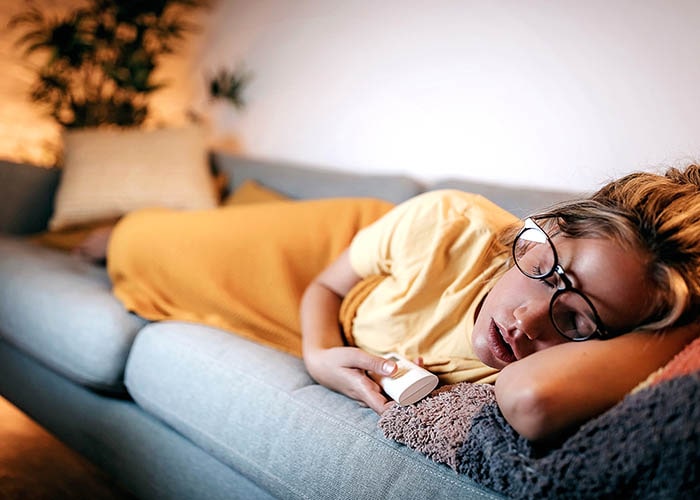
How human-oriented lighting works
Traditional indoor lighting typically produces insufficient intensity and an excessively yellow hue to provide the same refreshing effect as natural morning light. At the same time, the light is often too intense and too blue to allow the body to enter its natural relaxation phase in the afternoon.

HCL can produce light with varying intensity and colour temperatures. The light is programmed to automatically adjust this throughout the day, to provide the best possible lighting conditions for waking and focusing, and for rest and relaxation.
The optimal light curve throughout a day in a classroom is not quite the same as in a nursing home, or in a factory where employees work shifts.
Adapted lighting helps give students and teachers more energy, better concentration and an increased sense of mastery. See more about our solutions in educational establishment; Schools
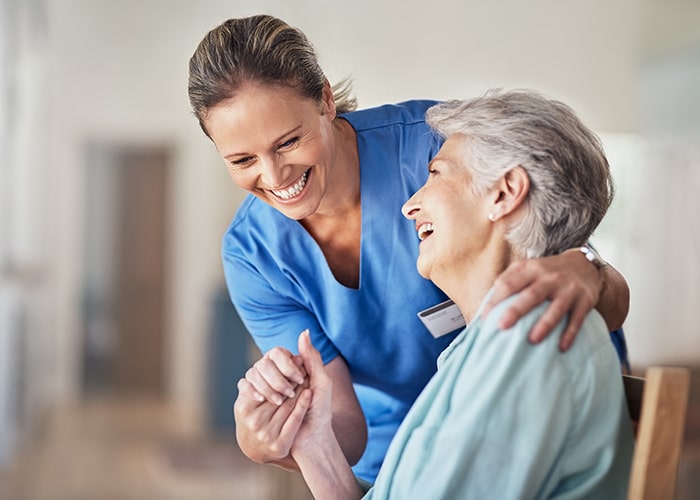
How the adjusts throughout the day is determined not only by the time of day, but by the access to natural light and who the light is created for. In health-related businesses, the lighting should ensure sound visual comfort for patients and staff. Automatic human-oriented lighting in selected rooms can make it easier for employees to stay focused through long shifts. See more about our solutions for the health sector; Health care

 Lighting
Lighting